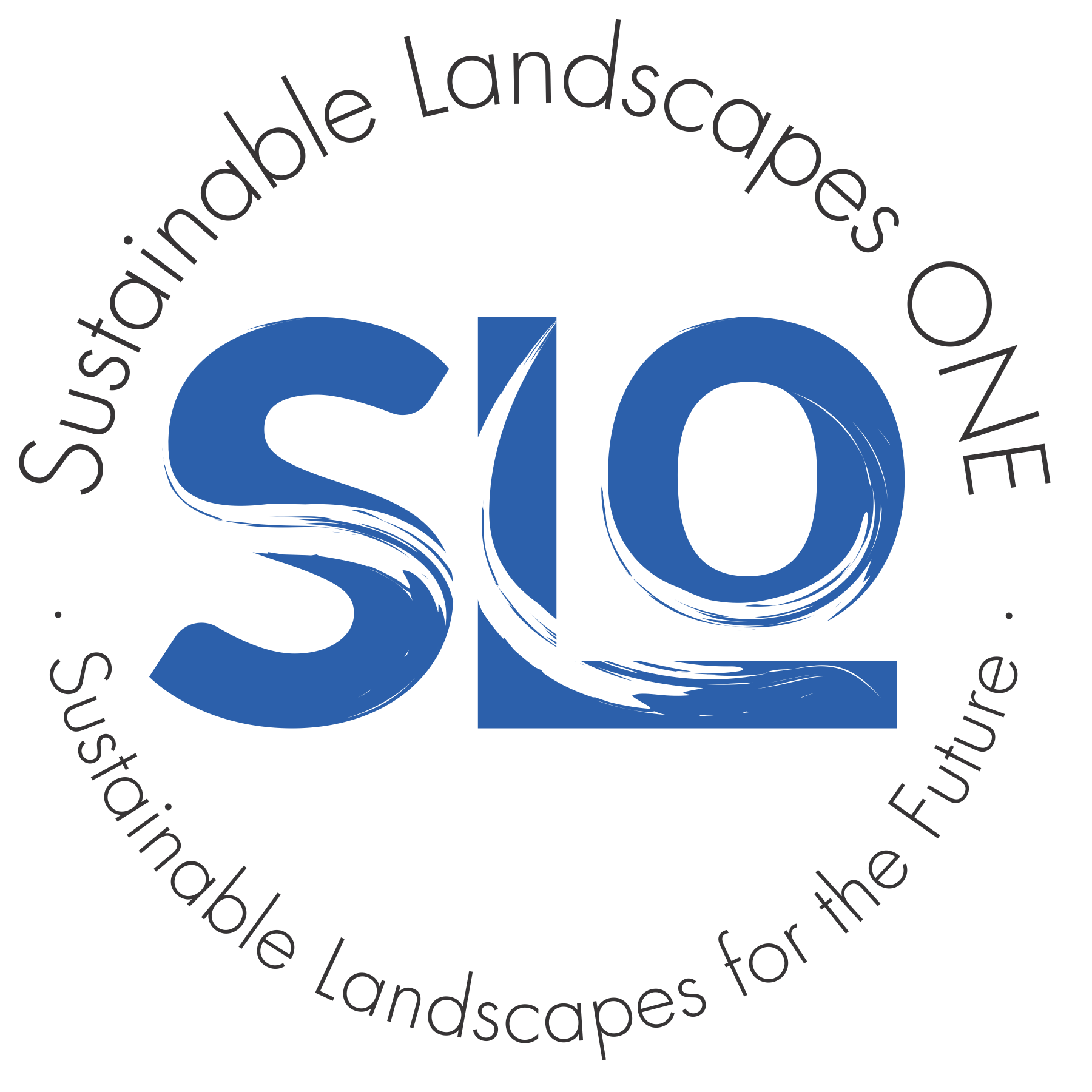What Is A Sustainable Landscape?
Sustainable landscaping has several key elements. A well-designed and maintained landscape can reduce outdoor water use by as much as 50%, reduce the use of fertilizers and other chemicals, attract beneficial insects to help with pest control, prevent erosion and flooding, aid in preventing soil depletion and save energy. In addition to these numerous benefits for the environment, it can also save you money on your monthly utility bills as well as provide a more livable space for your family or employees.
Sustainable landscapes are designed to thrive in local temperatures, rainfall and weather patterns. They work with nature, not against it, and do well with little or no human help. Sustainable landscapes can include a wide variety of landscape styles and materials, from traditional to rustic. Sustainable landscaping is multi-layered and involves people in the design process so they can participate in caring for their own landscape which ultimately ends up saving them time and money. Sustainable landscapes provide an attractive, functional space that requires little maintenance or care by you or your landscape professional.
The key elements of sustainable landscaping are: soil health, water conservation, energy efficiency and wildlife habitat. Sustainable landscapes utilize these four key elements to create a balance between human needs and environmental impact. Understanding how each element impacts the other will help to create a more successful landscape that satisfies your needs while reducing negative impacts on the environment around you. By reducing the amount of resources needed to keep up your landscape, you can create an outdoor area that is both beautiful and eco-friendly.
Our approach to sustainable landscapes is unique in that we incorporate all of the following elements:
• Site assessment
• Sustainable site design, including landscape style and materials selected for the site’s location (i.e., local climate) by working with complementary native species (plants, trees, shrubs) that require minimal additional water after establishment; use of mulches; grading; erosion control; efficient irrigation systems; composting
• Sustainable plant selection based on the site’s soil conditions designed to reduce fertilizer requirements while maintaining healthy plants adapted to local environmental conditions through natural processes such as photosynthesis and transpiration (water loss through plant leaves)
• Sustainable maintenance to keep plants healthy without the use of fertilizers, pesticides, herbicides and fungicides; also includes proper pruning and mowing practices. Sustainable landscapes do not require chemical treatments for insects or diseases because they have been designed with proven cultural techniques that create a natural resistance to problems so these measures are no longer necessary. Only if absolutely necessary will a landscape professional use an organic treatment as a last resort to maintain a landscape’s health
The benefits of a sustainable landscape:
Long lasting beauty of the landscape
Cost effective as it is self-sustaining
Reduce water usage & surface runoff/ puddles.
Use of Green Waste
Fewer- zero pesticides: native plants & trees have their own defense against pests & do not need pesticides to survive.
Designed with local rain levels in mind- function without extra watering.
Conservation of Energy & Resources.
Sustainable Landscape Action Plan
RESOURCES FOR HOMEOWNERS
RESOURCES FOR PROFESSIONALS
SHOP FOR SWAG
TAKE THE FIRST STEP IN MAKING YOUR LANDSCAPE SUSTAINABLE
It all starts with a consultation. Everyone has a unique situation where most companies go wrong is by offering cookie cutter solutions/suggestions without fully knowing the issue.
Complete the form below and let's see if we are a fit to work together.
